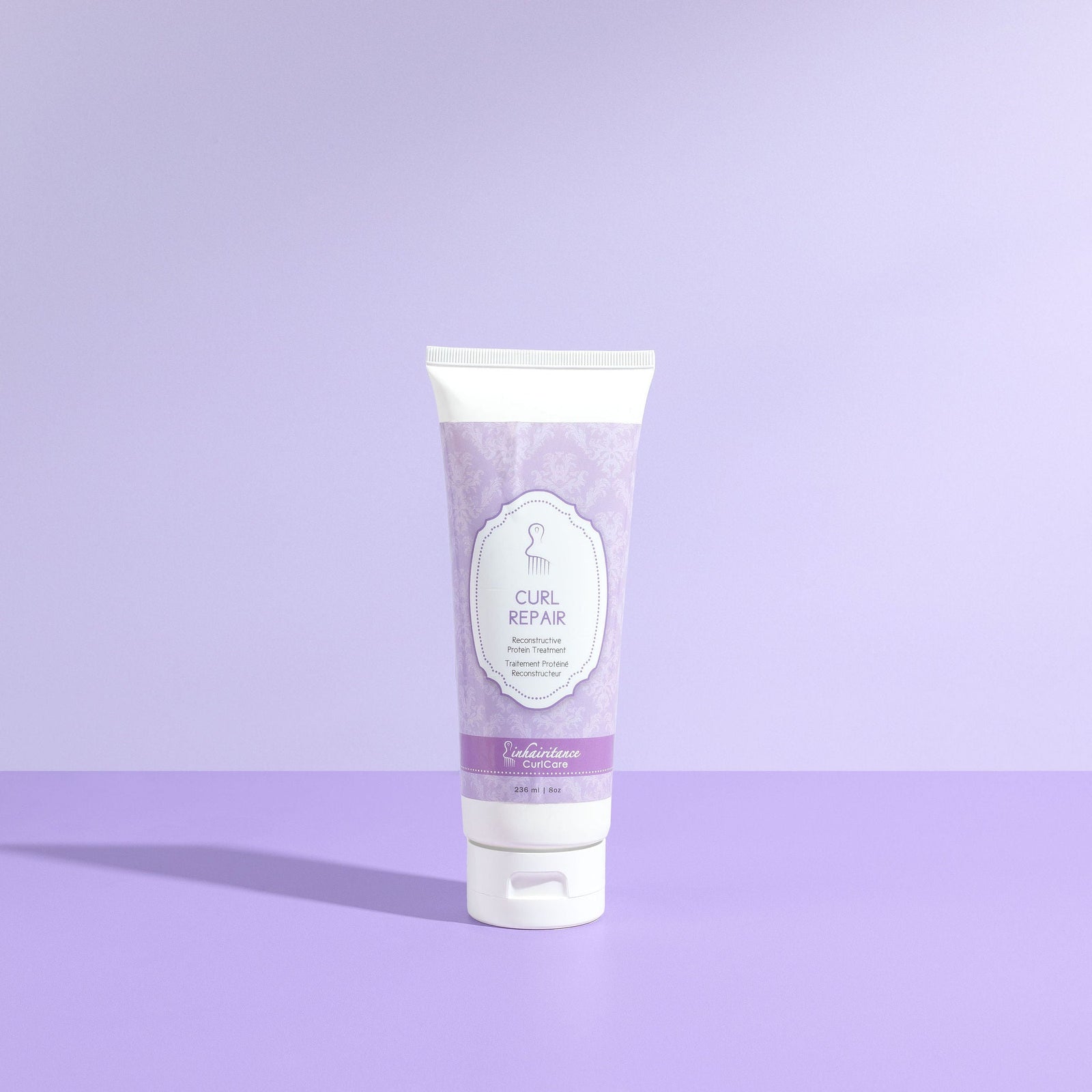
For most curl babes, there's one word that sends chills down our backs every single time: breakage! We pour our hearts into caring for our curls, so it's incredibly frustrating to see them chip away one broken piece at a time. However, breakage doesn’t have to be the end of the world! The first step on the road to recovery is understanding why your hair is breaking and adjusting your routine accordingly.
What is Breakage?
Before diving into all the juicy details about why your hair might be breaking and what to do about it, let’s first define what breakage is. If you are noticing that your hair is thinning, there can be different reasons why this might be happening. Excessive hair shedding and breakage can both lead to thinning, but they have different causes, so it's important to know which one you are experiencing.
While hair shedding means that your hair falls off at the roots, breakage refers to the actual ripping or tearing of the hair shaft. To determine which one you have, pay attention to where the hair is breaking. If you are noticing shorter strands with a clean break at the ends, it's likely breakage. On the other hand, if you are finding fallen hairs with a white bulb at the root, it's more likely to be shedding.
The Main Reasons for Curly Hair Breakage
1. Dry Hair
Dehydrated strands are more prone to breakage, so hydration is super important. Curly hair, in particular, needs more moisture due to its structure, which makes it harder for natural oils to travel down the hair shaft.
For high porosity hair, try our Unconditional Love Deep Conditioner, which provides intense hydration and nourishment. If you have low porosity hair, try our Moisture Rescue Conditioner! Its lightweight consistency ensures that it penetrates even the smallest hair cuticles so your hair can effectively absorb the product. Not sure about your hair type? Take our Curl Quiz to find out!
2. Rough Handling
Handling your strands too roughly can lead to significant breakage, preventing you from seeing the length you desire. Always remember to be gentle with your crown when manipulating it. When detangling, make sure to start from the ends and work your way up to the roots. Patience is key!
3. The Wrong Detangling Tools
Did you know that 70% of breakage happens during detangling? Using the right tools can make a world of difference when it comes to length retention. Ensure your hair is wet and avoid using wide-tooth combs. Instead, use a Denman brush with flexible bristles for a gentler touch. This minimizes the stress on your hair and helps reduce breakage.
4. Too Much Heat
Excessive heat can cause your strands to break, so be mindful of how often you use heat styling tools. If you must use heat, always apply a heat protectant beforehand to shield your hair from damage. Additionally, try to embrace more heatless styling methods like braids, twists, or Bantu knots.
5. Not Enough Protein
Your hair is primarily made out of a protein called keratin. It is the building block for your curls and the key to maintaining its strength and resilience. Incorporating protein treatments in your routine will help to repair damaged strands, restore eleasticity, prevent breakage and improve porosity.
For curl babes with fine strands and high porosity hair, maintaining a good balance of protein and moisture is absotluty essential. So, if you’re noticing breakage and have been slacking on your monthly protein treatments, consider using a Curl Repair to repair your hair strands from the inside out.
6. Using the Wrong Elastics/Hair Ties
Believe it or not, the type of elastics and hair ties you use can significantly impact your hair’s health. Avoid using rubber bands or elastics with metal clasps as they can snag and break your hair. Opt for silk or satin scrunchies instead, as they are much gentler on your curls and will help prevent unnecessary breakage.
Preventing Breakage: Additional Tips
- Regular Trims: Regular trims help prevent split ends, which can lead to breakage if left unchecked. Aim to trim your hair every 8-12 weeks.
- Protective Styles: Wearing protective styles like braids, twists, or buns can help minimize manipulation and protect your ends from damage.
- Sleep Care: Use a satin or silk pillowcase or bonnet to reduce friction and prevent breakage while you sleep.
Understanding the causes of breakage and making mindful adjustments to your hair care routine can lead to stronger, healthier curls. Remember, your hair is a reflection of your love and care, so treat it with the kindness and patience it deserves. Here’s to achieving healthy, luscious, and bouncy curls!







